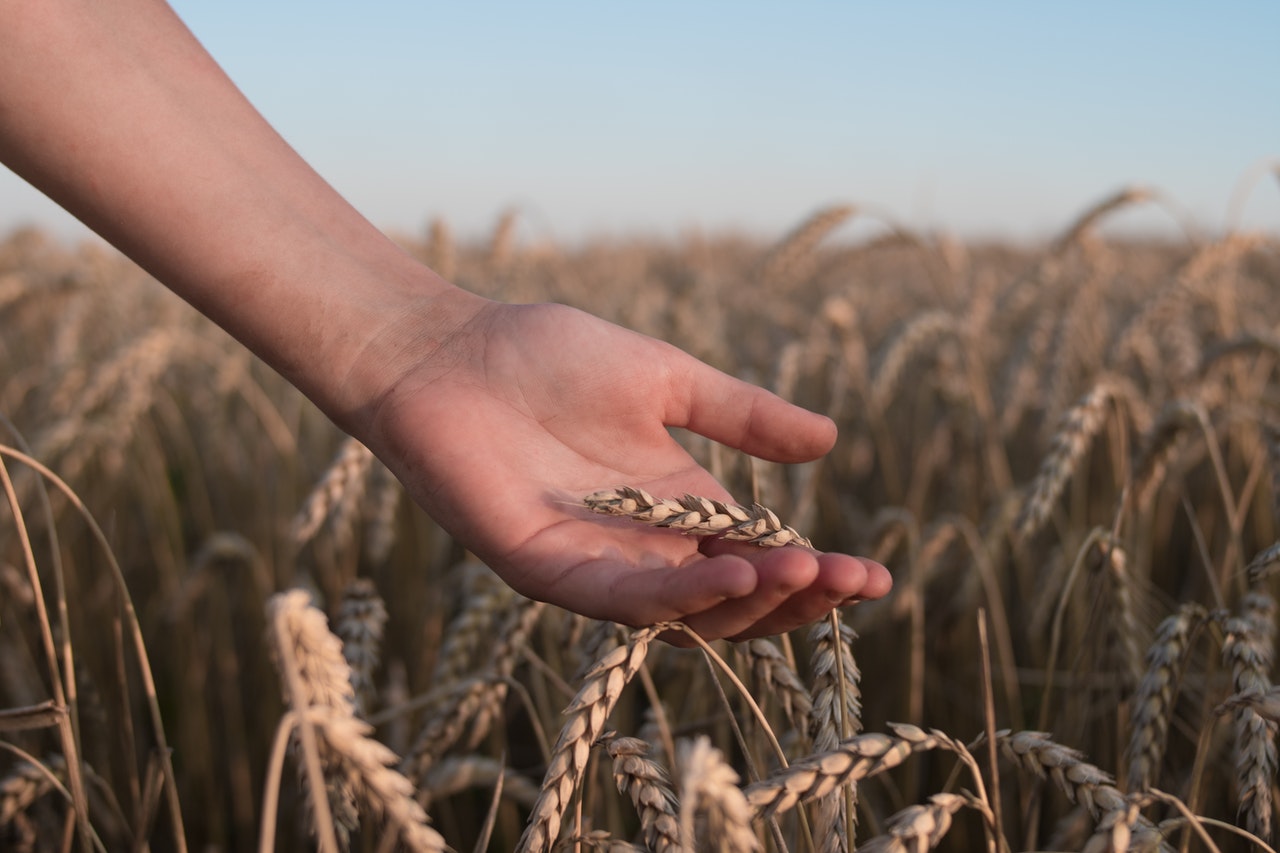The ongoing drought in Afghanistan—in which it hasn’t rained significantly in two years—could drive farmers from their land.
Farmers have observed many changes in the landscape. While channels once flowed with plenty of water for them to use and share with other growers, they must dig ever deeper into the ground to pump out water. Water from the river was once free, and now they must buy diesel to power water pumps.
“Before, the water was running after us, flowing everywhere—but now we are running after water,” Pir Mohammad, who has farmed in Afghanistan for more than 40 years, recently told the Guardian.
Purchasing fuel has eaten into many farmers’ profits; some say they are using their savings to pay for it and have moved into survival mode. They note that the lack of water also impacts the quality of their crops.
The UN’s Food and Agriculture Organization (FAO) estimates that the drought could harm the livelihoods of more than 7 million Afghans, many of whom live in rural areas and rely on agriculture and livestock for their livelihood. Many were already struggling and in need of food assistance, and a collapse in a sector of the agriculture industry this year could increase issues with nutrition and displacement.
The FAO has stressed that the situation is dire and that humanitarian relief must be provided to farmers and livestock owners. FAO general-director QU Dongyu recently stated that many people could be forced to abandon their farms if they don’t receive help quickly, which could undermine the country’s stability.
Where Support Is Needed
Seeds: Fall planting season is underway, and the FAO says that it’s running out of time to help farmers who can’t get the wheat seeds they need before the weather becomes too cold. The FAO’s goal is to help about 1.5 million people, who represent about 250,000 farming families, but the organization only has enough money to support about 110,000 families due to an $18 million deficit in the FAO’s funding for drought response in Afghanistan.
The outlook isn’t optimistic. The current harvest is expected to fall 15 percent below average and 20 percent below the 2020 harvest. The 2022 spring harvest will be vital to maintaining food security in Afghanistan. In addition, a healthy wheat harvest provides food for livestock and a staple food for millions of people. Projections show that Afghanistan will need almost 30 percent more wheat and flour than they harvested in 2020. In addition, recent issues in the country have impacted the government’s seed distribution chains.
Leaders are clear about what poor wheat season could mean for the country. “If we miss it, disaster looms,” said Richard Trenchard, FAO’s Afghanistan representative.
Livestock: The rising price of goods, including feed, is also impacting herders and others who keep livestock. With the winter coming, the FAO estimates that 3 million animals could be at risk.
Without assistance, many will be forced to sell their livestock and move, and in an industry that generally takes three to five years to recover, a bad wheat season could be devastating.
United Nations Assistance
The UN has committed to helping 3.5 million people in Afghanistan this year, as outlined in its Humanitarian Response Plan. The FAO already has spread awareness of the impending crisis in Afghanistan to its partners and has provided livestock feed, training, cash, and agricultural inputs to more than 1 million people in 30 provinces. Direct, unconditional cash transfers, in particular, have helped women-led families, the elderly, and people with disabilities who live in rural areas with basic needs.
A Way Forward
Turkey recently gave 33 tons of food to Afghanistan in a ceremony in Kabul, and Turkish Ambassador Cihad Erginay said that additional aid would arrive in the next few months. The first delivery will cover the needs of about 16,000 people for one month.
The two countries have maintained friendly relations, and Turkish leaders said that it was their humanitarian duty to stand by the people of Afghanistan as they dealt with the effects of conflict, COVID-19, and now, drought.
Meanwhile, the recent withdrawal of US troops from Afghanistan has been a welcome boon for rural farmers, who sometimes found themselves unwittingly between multiple sides of conflicts where their farms were used for ambushes. Some farmers say they could not work after the sunset due to fear of getting caught in the middle of warfare between the Taliban and Afghan forces.
Now, farmers can work past dusk if needed, but they need support from international agencies and the national government to survive the new challenges from the lack of rain. With increased investment in infrastructure, food supply, and water resources, Afghanistan’s farmers say they will have a chance.

